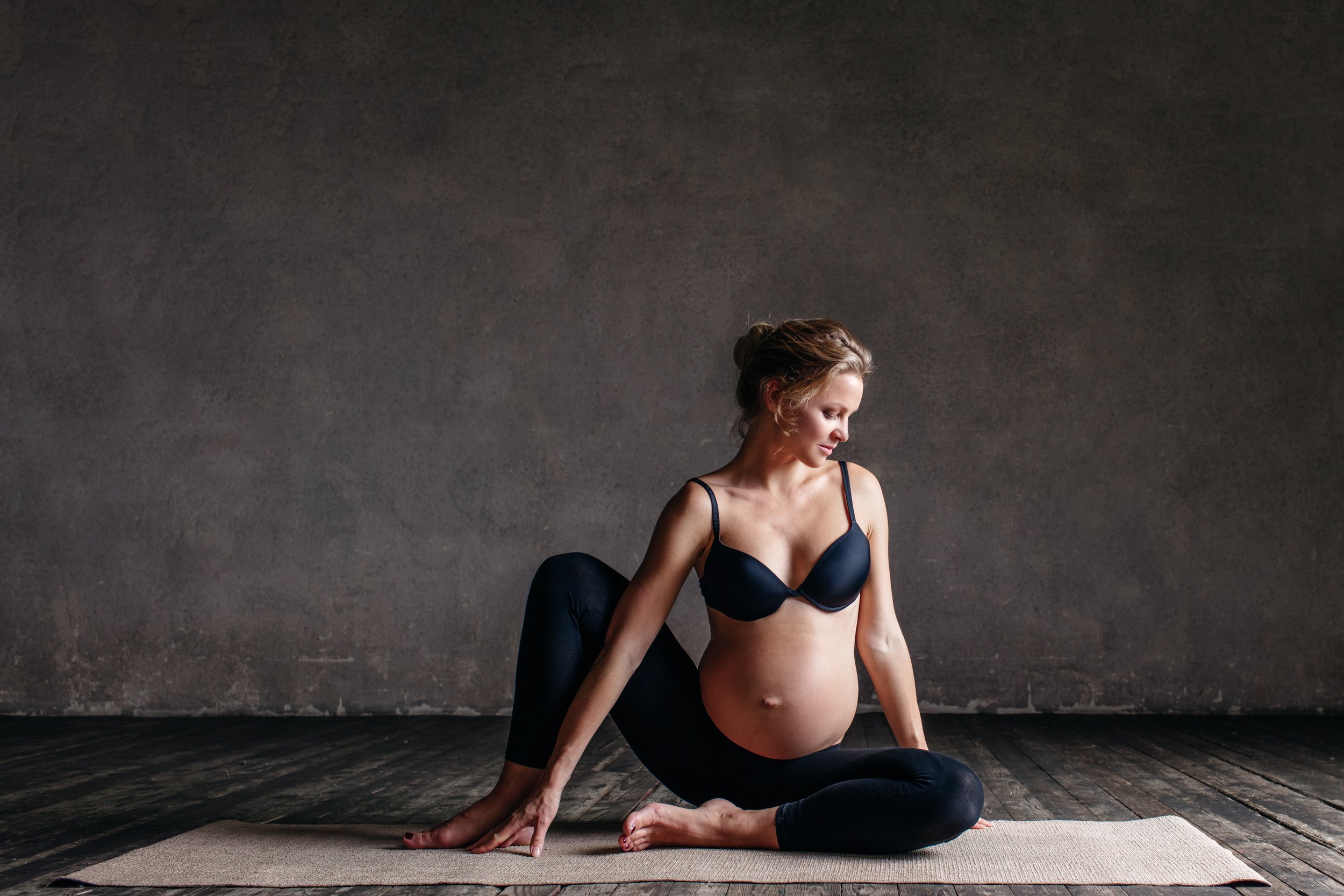Braxton Hicks vs. Real Labour Contractions
Are you wondering about Braxton Hicks contractions? Here are some answers to commonly asked questions to help clear up any confusion surrounding this common pregnancy symptom!
You may have heard the term “Braxton Hicks” before, but what exactly are they?
Your uterus is this incredible muscle, and, throughout pregnancy, it is training for the marathon workout that is labour. Braxton Hicks are also known as false labour contractions, but you can think of them as the practice that will help prepare your uterus for optimal performance during labour and birth.
You can generally expect to begin feeling Braxton Hicks contractions during your second or third trimester of pregnancy.
How can you tell the difference between Braxton Hicks contractions and true labour contractions?
Braxton Hicks contractions are usually not painful and feel like mild menstrual cramping or a tightening sensation across your belly. Braxton Hicks contractions tend to be irregular and unpredictable. While you might notice that you are experiencing Braxton Hicks contractions more often toward the end of your pregnancy, they will not increase in strength, frequency, and duration.
If you do notice that your contractions are increasing in frequency, duration, and intensity, becoming stronger, more painful and developing a regular pattern, they might be the real deal.
What causes Braxton Hicks Contractions?
Braxton Hicks are a common pregnancy symptom in most pregnancies. Some women may experience them more frequently while others may be largely unaware of them. Nonetheless, there are some factors that can trigger Braxton Hicks Contractions including:
1. Physical activity & exercise
2. A full bladder
3. Dehydration
4. Sexual activity
What should you do if you are experiencing Braxton Hicks contractions?
Dehydration can often lead to Braxton Hicks contractions, so make sure you stay hydrated and drink lots of water. If you are engaging in exercise or a lot of activity, try to rest and relax for a bit to see if that helps. If you are already relaxing, try changing position or walking around.
Remember: Real labour contractions will not slow down or go away with hydration, a change in position or activity. They will continue to get stronger, more intense, and more regular.
Sometimes, deciphering between Braxton Hicks contractions and the real deal is not so obvious. If you are feeling unsure, never hesitate to give your healthcare provider a call. Some red flags that always warrant a call to your provider include vaginal bleeding, a gush or leaking of fluid from the vagina, contractions that you are not able to walk or talk through and/or a change in fetal movement. In these cases, you may be instructed to come to the hospital for an assessment. And if it turns out to be Braxton Hicks contractions and you are sent home, it’s no big deal. In fact, you can consider it a trial run!

